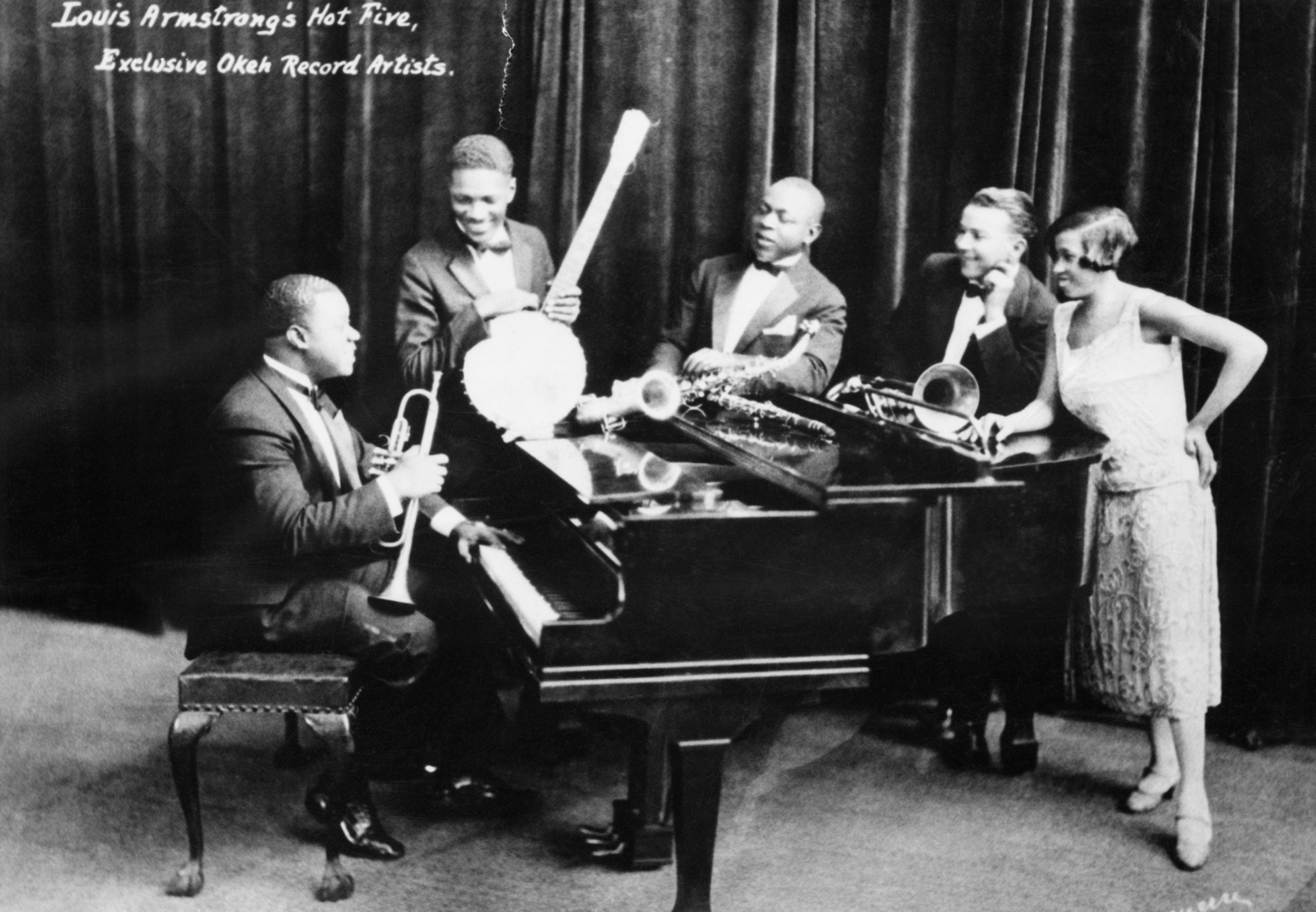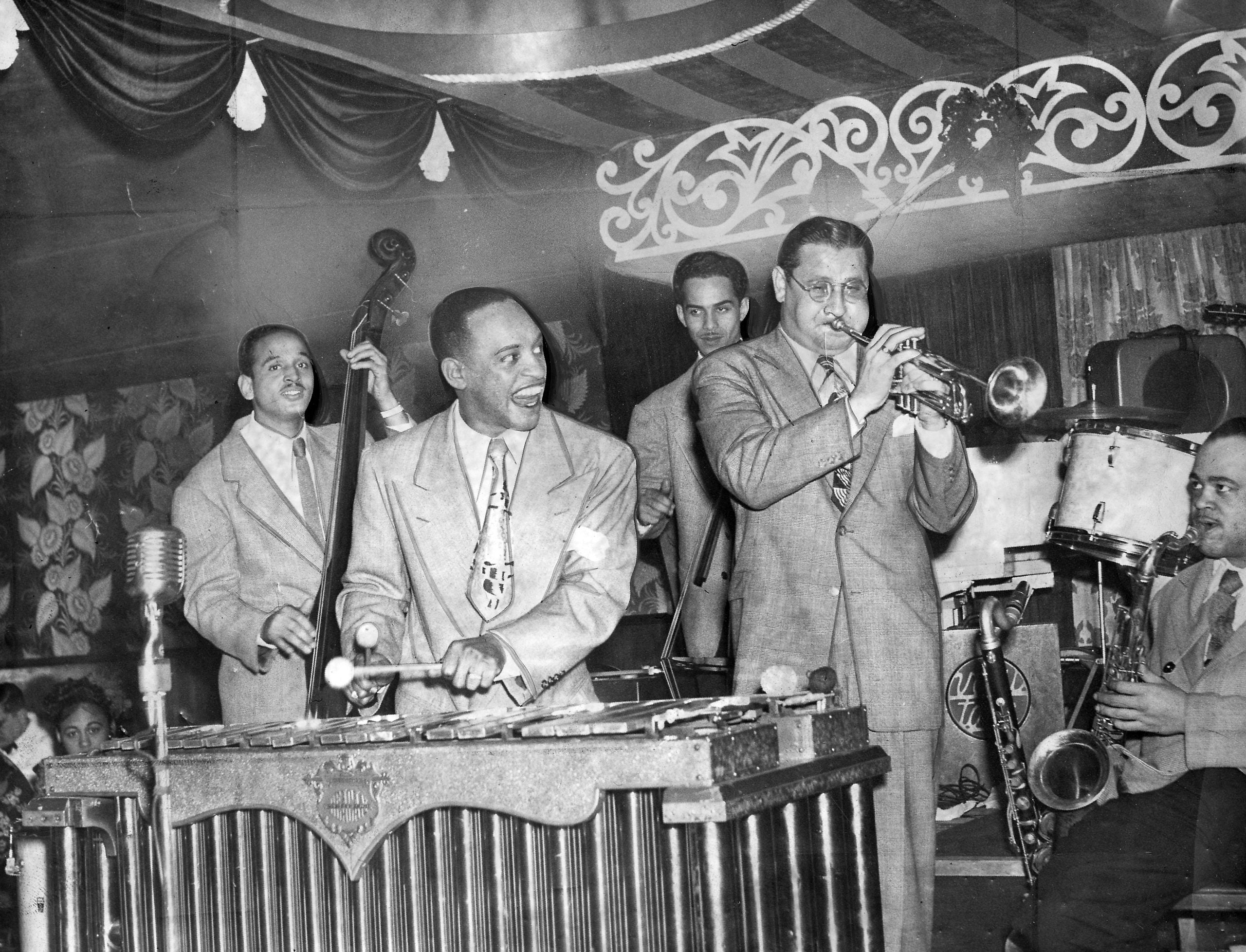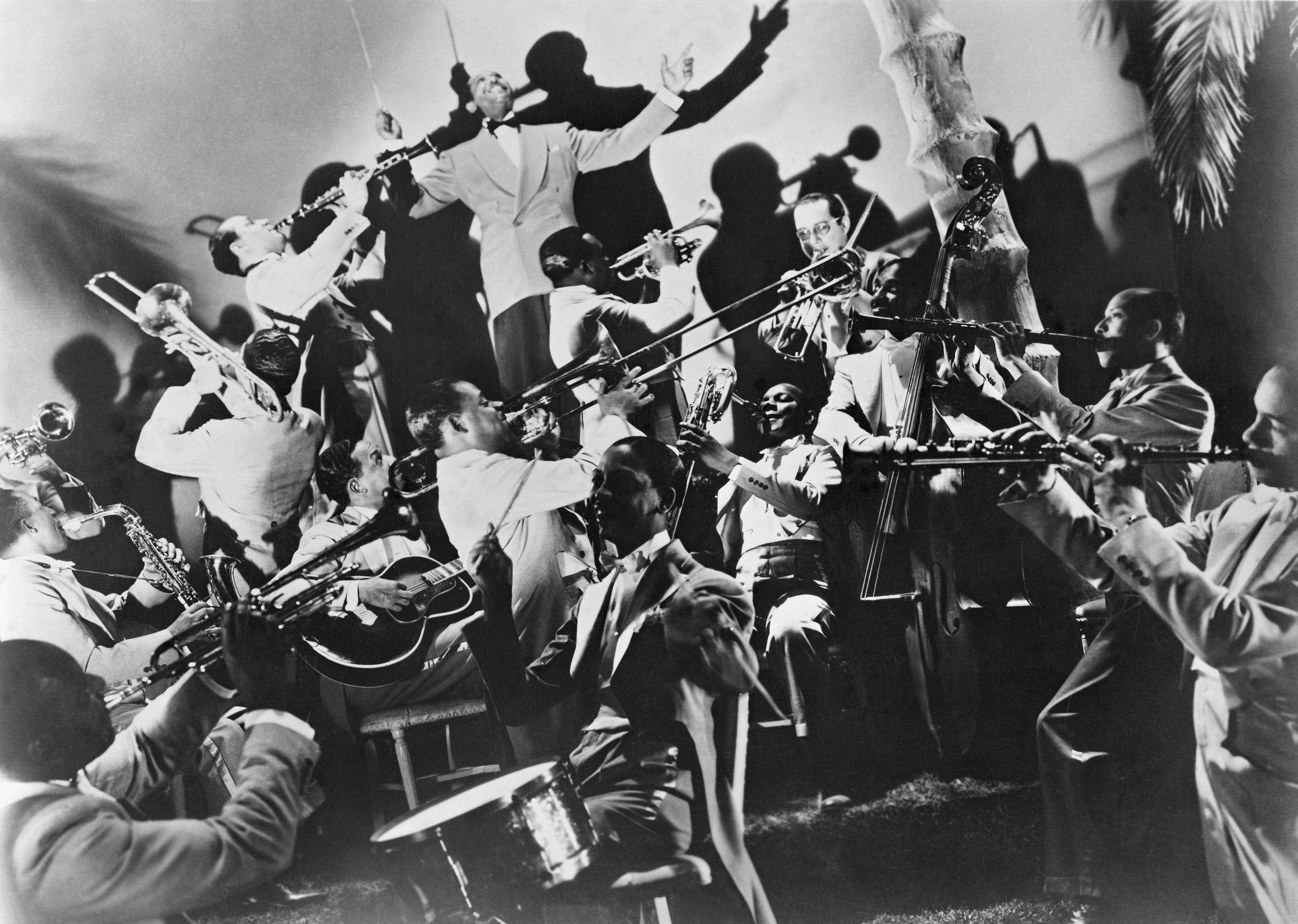
During the 2011 United Nations Educational, Scientific and Cultural Organization (UNESCO) General Conference, April 30th was proclaimed as “International Jazz Day.” According to the U.N. agency, “[t]he story of Jazz is written into the quest for human dignity, democracy and civil rights. It has given strength to the struggle against discrimination and racism.”
“Jazz developed in the United States in the very early part of the 20th century,” in New Orleans. “African-American musical traditions mixed with others and gradually jazz emerged from a blend of ragtime, marches, blues, and other kinds of music,” writes the National Museum of American History.
But jazz wasn’t just mixing musical genres—it also mixed races. Decades before Jackie Robinson integrated Major League Baseball in 1947, Black musicians were fighting discrimination and segregation on the bandstand. During the Jim Crow era in America, the world of jazz was one of the only places where Black and white people mixed together on stage and in the audience.
As legendary saxophonist Sonny Rollins noted, “Jazz was really where the racial barriers were broken down heavily.”

Iconic music producer and composer Quincy Jones echoed this sentiment, stating “Back then, it wasn’t about color in the clubs, it was about how good you can play. Racism would’ve been over in the 1950s if they’d listened to the jazz guys.”
“Alphonso Trent and his band were the first Black musicians to be featured on regional radio broadcasts,” the Southwest Times Record reports. Per the Encyclopedia of Arkansas, when the Adolphus Hotel booked the Alphonso Trent Orchestra for two weeks in 1925, which ended up stretching out to an 18-month long stint, it was “the longest engagement by any Black band in the region.” This contract was said to have “‘opened the gateway of the South’ for Black musicians.”
In 1936, Lionel Hampton teamed up with fellow Black performer, pianist Teddy Wilson and white bandleader Benny Goodman and drummer Gene Krupa to form the Benny Goodman Quartet. Together, these four musicians “broke racial barriers that had largely kept Black musicians from performing with whites in public.”

Debonair conductor Duke Ellington made history on January 23, 1943 at Carnegie Hall where he premiered his own composition, “Black, Brown and Beige: A Tone Parallel to the American Negro.” That night in New York City, “Ellington appeared before an interracial audience from a range of different backgrounds, which included among them working-class Black Americans and celebrities like Frank Sinatra.”

Many historians have credited the accomplishments of these groundbreaking jazz musicians paved the way for Black Americans to make advancements in other industries.







